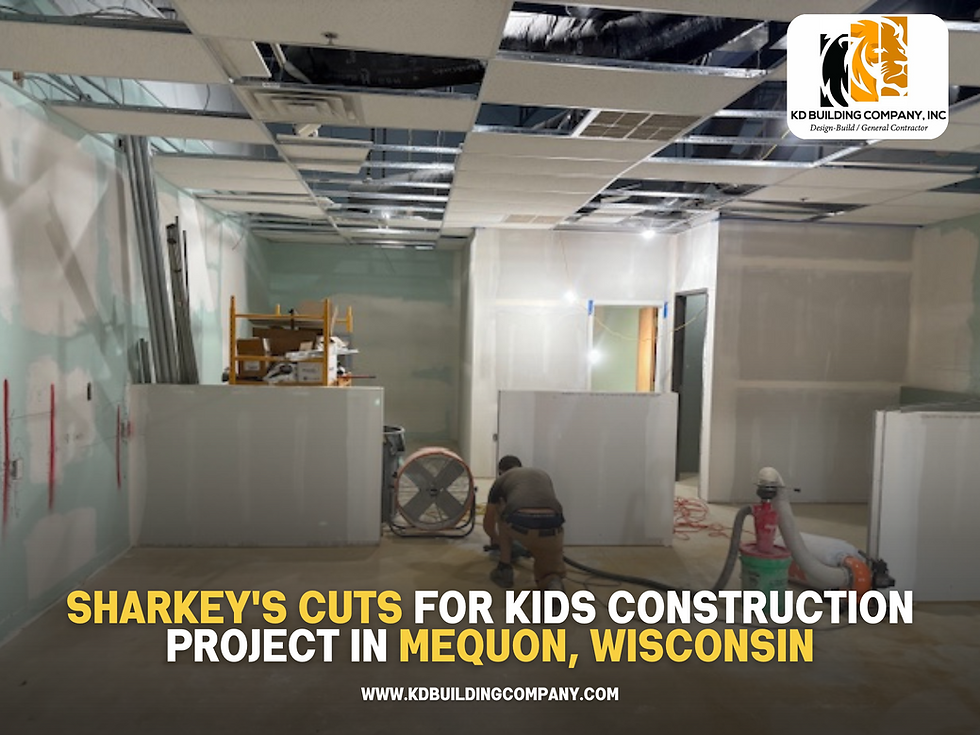How to Choose the Right Location for Your New Custom Home
- marcinj31
- Mar 3
- 3 min read
Choosing the perfect location for your custom home is just as important as the design itself. The right spot can enhance your lifestyle, increase your property value, and provide long-term satisfaction. Here’s a step-by-step guide to help you make the best decision.

1. Define Your Priorities
Before searching for land, identify what matters most to you and your family.
Consider:
✅ Proximity to Work, Schools & Amenities
How far are you willing to commute daily?
Are there good schools, grocery stores, hospitals, and entertainment options nearby?
✅ Neighborhood Atmosphere
Do you prefer a bustling urban setting, a quiet suburb, or a secluded rural area?
Check out community events, parks, and recreation centers to see if they align with your lifestyle.
✅ Safety & Crime Rate
Research local crime statistics using online tools or speak with local law enforcement.
Drive around the area at different times of the day to observe the surroundings.
✅ Future Growth Potential
Is the area expected to expand with new businesses, schools, or infrastructure?
A growing community can increase property value and enhance your quality of life.
2. Research the Community
A great location extends beyond just the land itself—it’s about the surrounding environment.
🔹 School District Ratings
Even if you don’t have children, a strong school district can boost property value.
Look at test scores, extracurricular programs, and parent reviews.
🔹 Crime & Safety Reports
Use local police reports or crime mapping websites to assess safety.
Drive through the neighborhood during the day and night to gauge security.
🔹 Traffic & Commute Considerations
Use Google Maps to test drive commute times to work, school, or frequently visited places.
Observe rush hour traffic and access to highways or public transportation.
3. Consider the Land’s Features
The type of land you choose will determine construction costs and potential design limitations.
🏔️ Topography & Drainage
Is the land sloped or flat? A steep slope may require costly excavation and retaining walls.
Check for drainage issues—avoid areas prone to flooding.
💨 Wind & Sun Orientation
Consider how wind direction and sun exposure affect home comfort and energy efficiency.
South-facing homes often receive better natural light, reducing heating costs in winter.
🛠️ Ease of Construction
Rocky soil, wetlands, or heavy tree coverage can lead to higher site preparation costs.
A geotechnical survey can reveal potential issues like poor soil conditions.
4. Check Zoning & Regulations
Before purchasing land, ensure it aligns with your building plans.
📜 Zoning Laws & Land Use Regulations
Is the land zoned for residential use? Are there restrictions on home size or additional structures?
Check if businesses, multi-family housing, or industrial projects could be built nearby in the future.
💡 Utility & Infrastructure Availability
Is the land connected to public water, sewer, gas, and electricity, or will you need a well and septic system?
Internet and cell phone coverage—are they reliable in the area?
🛣️ Road Access & Maintenance
If building in a rural area, is the road publicly or privately maintained?
Steep driveways or dirt roads can cause accessibility issues in bad weather.
5. Think Long-Term Investment
A great location is not just about today—it’s also about future value.
📈 Property Value Trends
Look at historical property values in the area to see if prices are increasing or declining.
🏡 Upcoming Development Projects
Research city planning projects like new shopping centers, roads, or schools that may affect the area.
💼 Job Market & Economic Growth
A strong local economy with major employers nearby can enhance demand for housing and boost resale value.
6. Visit at Different Times
An area may seem perfect during the day but change at night or on weekends.
🌙 Nighttime Safety & Noise Levels
Visit after dark to assess street lighting and neighborhood activity.
Check for noisy bars, train tracks, or traffic that could disrupt your peace.
🚗 Traffic Patterns at Peak Hours
A road that feels quiet mid-day might be jam-packed during rush hour.
Test drive your commute at different times.
🏘️ Community Vibes & Local Events
Check for family-friendly activities, farmer’s markets, and social events that indicate a thriving community.
7. Consult with Experts
Don’t navigate this decision alone—get input from professionals.
🏗️ Builders & Contractors
Consult a home builder to assess the feasibility of construction on the lot.
💰 Real Estate Agents
A local realtor can provide market insights, zoning regulations, and price comparisons.
📜 Local Authorities
Contact city or county offices for details on building permits, environmental restrictions, and road maintenance.
Final Thoughts
Your home’s location is a decision that impacts your quality of life, home design, and future resale value. Taking time to research and visit potential sites can save you from costly mistakes and ensure your custom home is in the perfect spot.
✅ Need expert guidance?
KD Building Company is here to help!
📞 Call us at (248) 247-4704📧
Email: info@KDBuildingCompany.com
🌐 Visit: www.kdbuildingcompany.com






Comments